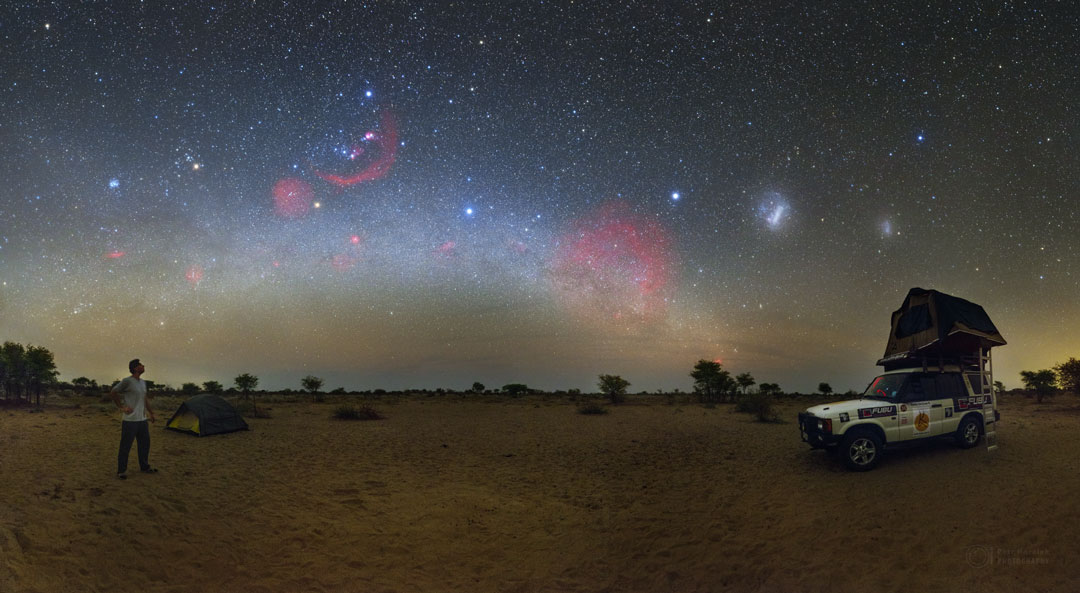Researchers have pioneered a way to detect the interaction of light and matter on a single layer of atoms. It's the first demonstration of an elastic scattering, near-field experiment performed on a single layer of atoms.
via Science Daily
There are advances being made almost daily in the disciplines required to make space and its contents accessible. This blog brings together a lot of that info, as it is reported, tracking the small steps into space that will make it just another place we carry out normal human economic, leisure and living activities.
